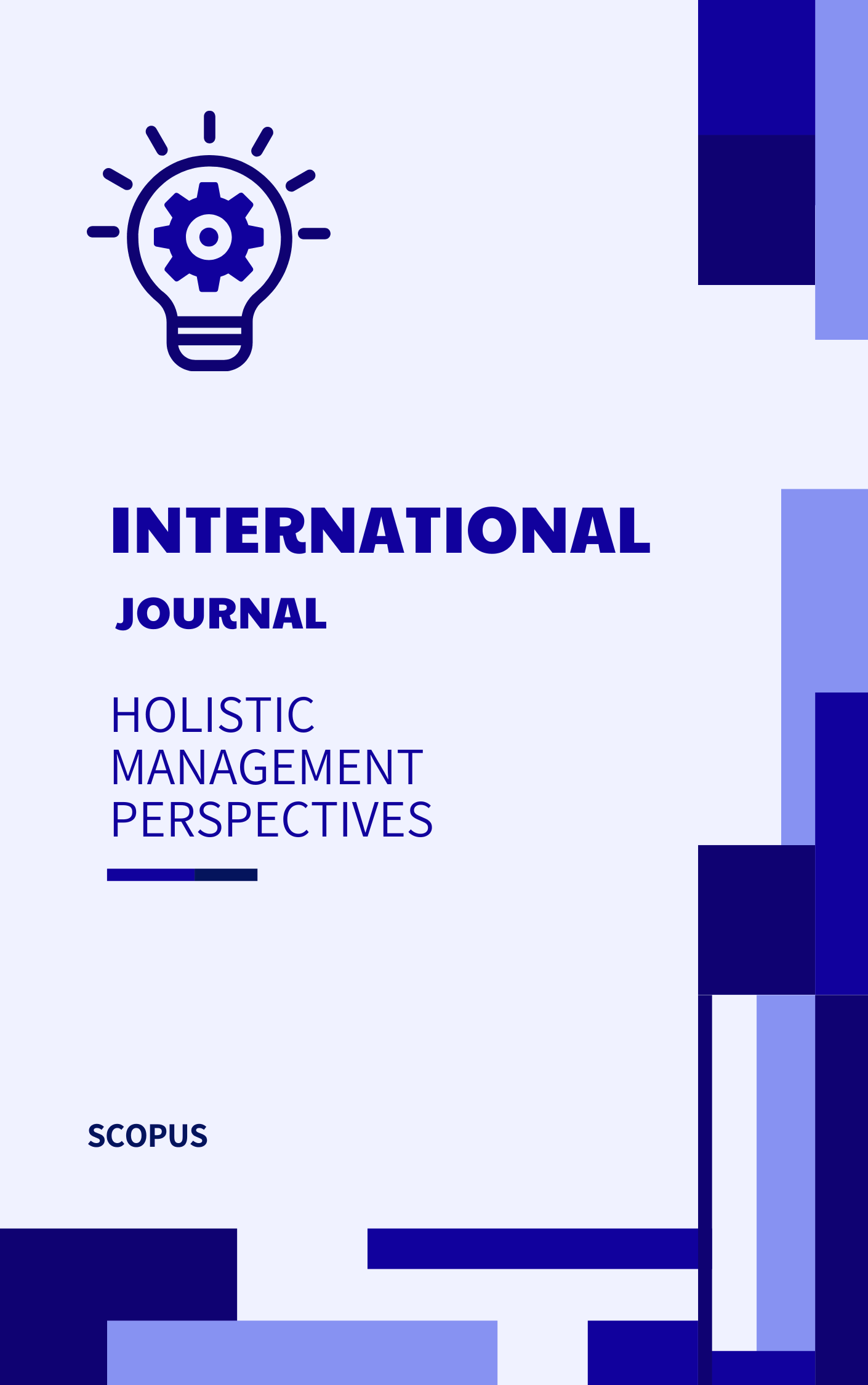Telemedicine Adoption in Rural Healthcare: Overcoming Barriers and Enhancing Access
Abstract
Telemedicine offers immense potential to improve healthcare access and delivery, particularly in rural areas where access to healthcare services is often limited. However, the adoption of telemedicine in rural healthcare settings faces numerous barriers, including technological challenges, regulatory constraints, and cultural resistance. This paper examines the barriers to telemedicine adoption in rural healthcare and proposes strategies to overcome these obstacles. By addressing issues such as internet connectivity, reimbursement policies, and patient education, healthcare providers can enhance telemedicine adoption and improve healthcare access for rural populations. Through a combination of policy changes, infrastructure investment, and community engagement, telemedicine can become a powerful tool for expanding healthcare access and improving health outcomes in rural areas.
Downloads
References
Bashshur, R. L., Shannon, G. W., Bashshur, N., Yellowlees, P. M., & The Empirical Evidence for Telemedicine Interventions in Primary Care. The Annals of Family Medicine, 12(2), 159–167. (2014).
Brooks, E., Turvey, C., & Augusterfer, E. (2013). Provider barriers to telemental health: obstacles overcome, obstacles remaining. Telemedicine Journal and e-Health, 19(6), 433–437.
Centers for Disease Control and Prevention. (2020). Telemedicine for Healthcare Providers. Retrieved from https://www.cdc.gov/coronavirus/2019-ncov/hcp/telehealth.html
Dinesen, B., Nonnecke, B., Lindeman, D., Toft, E., Kidholm, K., Jethwani, K., ... & Southard, J. A. (2016). Personalized Telehealth in the Future: A Global Research Agenda. Journal of Medical Internet Research, 18(3), e53.
Dorsey, E. R., Topol, E. J., & Telemedicine 2020 and the next decade. The Lancet, 395(10227), 859–878. (2020).
Gogia, S. B., Maeder, A., & Mars, M. (2016). Impact of Telemedicine in Urban and Rural Health Care Delivery. Telemedicine and e-Health, 22(12), 946–951.
Hjelm, N. M. (2005). Benefits and drawbacks of telemedicine. Journal of Telemedicine and Telecare, 11(2), 60–70.
Jacobs, J. C., Bloniarz, P. A., & Telemedicine in the Rural Health Care Setting. International Journal of Telemedicine and Applications, 2018, 4598604.
Kruse, C. S., Krowski, N., Rodriguez, B., Tran, L., Vela, J., & Brooks, M. (2017). Telehealth and patient satisfaction: a systematic review and narrative analysis. BMJ Open, 7(8), e016242.
Kvedar, J. C., & Coye, M. J. (2014). Telehealth as a tool for integrating care. JAMA, 312(16), 1671–1672.
Lurie, N., & Carr, B. G. (2016). The role of telehealth in the medical response to disasters. JAMA Internal Medicine, 176(4), 399–400.
Mehrotra, A., Huskamp, H. A., Souza, J., Uscher-Pines, L., & Landon, B. E. (2017). Utilization of Telemedicine Among Rural Medicare Beneficiaries. JAMA, 318(1), 80–82.
Nelson, R., Staggers, N., & Health Information Technology Workforce Needs of Rural Primary Care Practices. The Journal of Rural Health, 28(3), 261–267. (2012).
Polinski, J. M., Barker, T., Gagliano, N., Sussman, A., Brennan, T. A., & Shrank, W. H. (2016). Patients’ Satisfaction with and Preference for Telehealth Visits. JAMA Network Open, 3(7), e208786.
Powell, R. E., Henstenburg, J. M., Cooper, G., Hollander, J. E., & Rising, K. L. (2017). Patient Perceptions of Telehealth Primary Care Video Visits. Annals of Family Medicine, 15(3), 225–229.
Rogers, A., Vassilev, I., Sanders, C., Kirk, S., Chew-Graham, C., Kennedy, A., & Protheroe, J. (2017). Social networks, work and network-based resources for the management of long-term conditions: a framework and study protocol for developing self-care support. Implementation Science, 12(1), 53.
Totten, A. M., Womack, D. M., Eden, K. B., McDonagh, M. S., Griffin, J. C., Grusing, S., & Hersh, W. R. (2016). Telehealth: Mapping the Evidence for Patient Outcomes from Systematic Reviews. Technical Briefs, No. 26.
Weinstein, R. S., Krupinski, E. A., & Doarn, C. R. (2014). Clinical Examination Component of Telemedicine, Telemedicine and e-Health, 20(2), 232–236.
Wootton, R., Bonnardot, L., & In what circumstances is telemedicine appropriate in the developing world?. JRSM Short Reports, 1(5), 37. (2010).
Yellowlees, P., & Burke Parish, M. (2018). Telemedicine at UC Davis—A 20-Year Experience. Telemedicine and e-Health, 24(6), 454–460.
Dhamodharan, B. (2021). Optimizing Industrial Operations: A Data-Driven Approach to Predictive Maintenance through Machine Learning. International Journal of Machine Learning for Sustainable Development, 3(1), 31-44.




